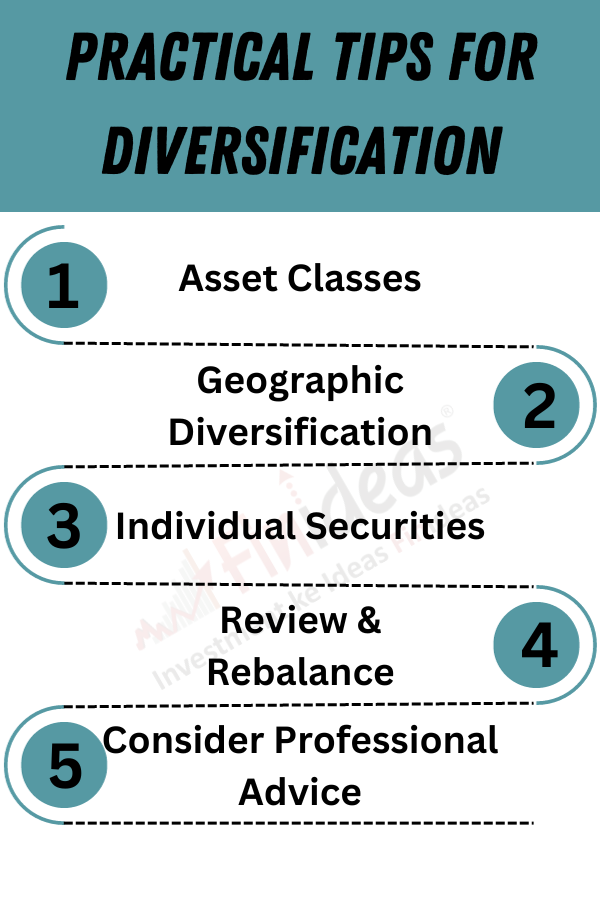Simplify Investment Diversification: Your Path to Financial Success
Introduction
Investing is a crucial step toward securing your financial future, but it can also be a complex and daunting endeavor. One of the fundamental principles that every investor should grasp is diversification. In this blog, we will demystify the concept of investment diversification, explore its benefits, and provide practical insights to help you achieve your financial goals.
Understanding Investment Diversification
Investment diversification is like the old adage “Don’t put all your eggs in one basket.” It’s the strategy of spreading your investments across different asset classes and individual securities to reduce risk. Diversification aims to achieve a balance between potential returns and potential losses.
The Benefits of Diversification
- Risk Reduction: By investing in a variety of assets, you decrease the impact of a poor-performing investment on your overall portfolio. If one investment underperforms, others may help offset the losses. Index Long Term Strategy protects you from high risk, it reduces risk to a very good extent.
- Enhanced Consistency: Diversification can lead to more stable and predictable returns over time, making it easier to achieve your financial goals.
- Better Risk-Return Trade-off: It allows you to seek higher returns while maintaining a reasonable level of risk. This balance is essential for long-term financial success.
- Adaptability: Diversified portfolios can adapt to different market conditions and economic cycles, helping you weather financial storms.


Practical Tips for Diversification
- Asset Classes: Diversify across asset classes such as stocks, bonds, real estate, and cash equivalents. Each class has a different risk-return profile.
- Geographic Diversification: Consider investments in different geographic regions. Global events can impact local economies differently.
- Individual Securities: Within each asset class, diversify further by investing in a range of individual securities. For stocks, this could mean owning shares in various industries and sectors.
- Review and Rebalance: Regularly review your portfolio and rebalance it to maintain your desired asset allocation. Market fluctuations can cause your portfolio to drift from its intended mix.
- Consider Professional Advice: Consult with a financial advisor to develop a diversified investment strategy tailored to your specific goals and risk tolerance.
Now that we’ve explored the importance of diversification in your investment portfolio, we want to hear from you: How do you approach diversification in your investments? Do you have any personal strategies or insights to share with our community?
Your experiences and perspectives can be invaluable to others seeking to navigate the complex world of investing. Please feel free to comment below and join the conversation!
Happy Investing!
This article is for education purpose only. Kindly consult with your financial advisor before doing any kind of investment.

